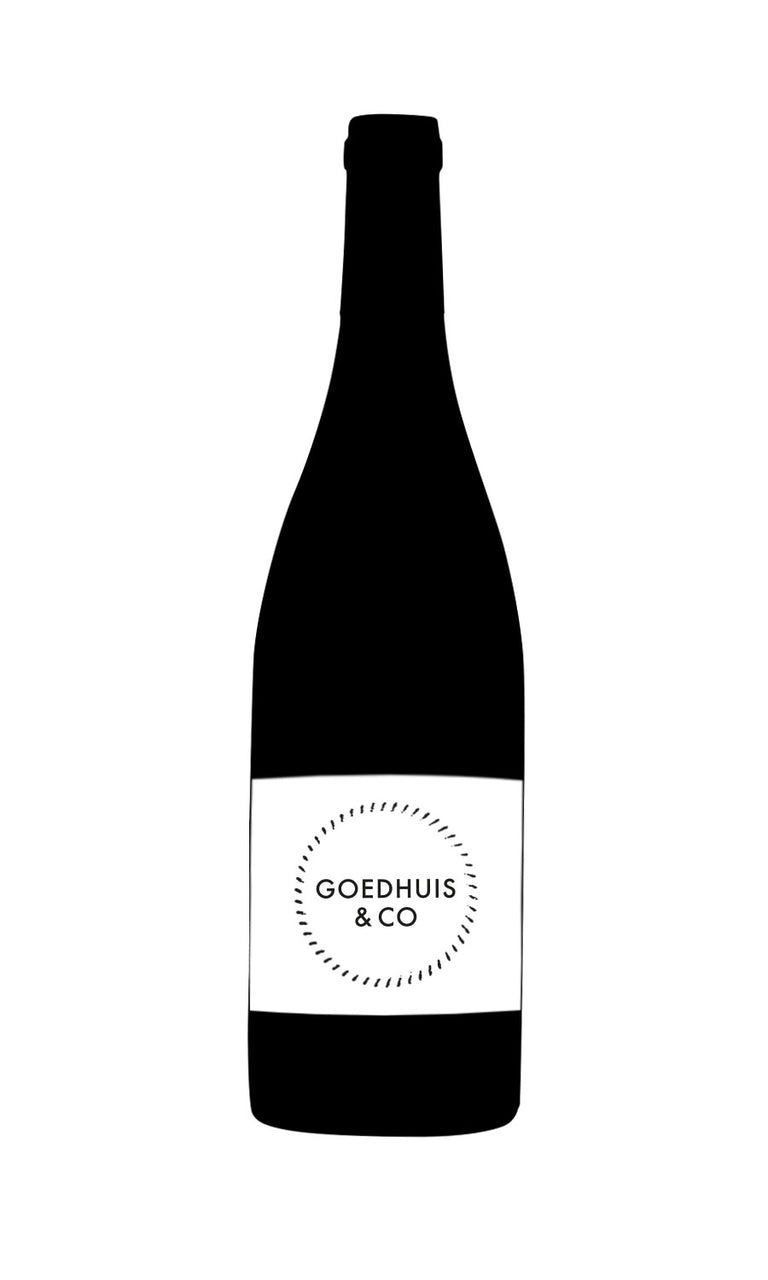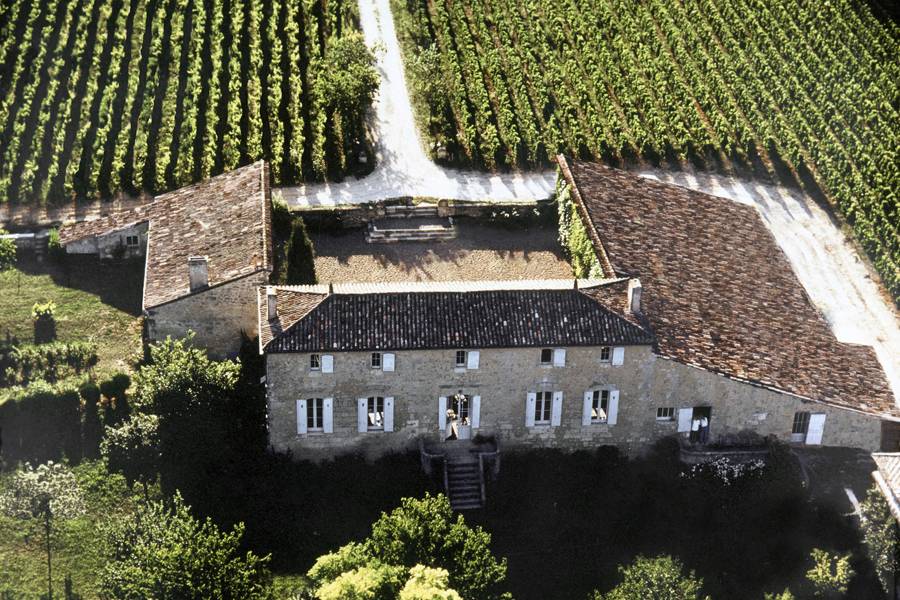
- Colour Red
- Producer Château le Tertre Rôteboeuf
- Region St Emilion
- Drinking 2023 - 2045
- Case size 6x75cl
- Available
2016 - Ch Tertre Rôteboeuf Grand Cru St Emilion - 6x75cl
- Colour Red
- Producer Château le Tertre Rôteboeuf
- Region St Emilion
- Drinking 2023 - 2045
- Case size 6x75cl
- Available
No further quantities available
Go To CheckoutNeed help? Call +44 (0)20 7793 7900 or email wine@goedhuiswaddesdon.com.
-
Goedhuis, April 2017, Score: 93-95
One of the most atypical, but nevertheless, very finest examples of the appellation. It has an immense concentration. François Mitjavile’s distinctive St Emilion property always produces a wine with a huge spectrum of fruit and spice flavours, ranging from pomegranates and cranberries, to sweet cinnamon and vanilla spice. Rich alcohol is matched by a gutsy volume of tannins in the 2016. Untold ageing ability. CP
-
Neal Martin, January 2019, Score: 96
The 2016 Tertre-Rôteboeuf, which was bottled in August 2018, has a refined bouquet that unfolds in the glass to reveal blackberry, raspberry, hints of wild hedgerow and just a distant whiff of the sea. I love the elegance on display here. The palate is silky-smooth on the entry, offering beguiling, slightly confit red fruit laced with dark chocolate, sage and light mineral notes. You can feel the tongue tingling with residues of white pepper and pain d’épices long after the wine has departed. Just beautiful and très Tertre-Rôteboeuf. 2025 - 2050
-
Neal Martin, April 2017, Score: 96-98
The 2016 Le Tertre Roteboeuf is a blend of 80% Merlot and 20% Cabernet Franc cropped at 35 hectoliters per hectare between 14-18 October. This year I was hosted by François' daughter Nina Mitjavile, who has been working alongside her father for several years. It has a wonderful bouquet, very pure and fresh. I anticipated that François Mitjavile might have been tempted to pick a little later like others, but it was an assiduous decision to have the fruit in the vat by the 18 October and lock in that freshness. The palate is very well balanced with fine tannin, extremely well judged acidity, the new oak present at the moment but in proportion with the fruit. This is a stylish Le Tertre-Rôteboeuf, very sensual and luxuriant with layers of crushed strawberry, blood oranges and raspberry fruit. In a word...irresistible. Drink Date 2022 - 2050
-
Antonio Galloni, January 2019, Score: 100
he 2016 Tertre-Rôteboeuf is flat-out stunning and also one of the wines of the vintage. Rich, deep and explosive, the 2016 possesses remarkable depth and intensity from the very first taste. The 2016 is exotic, full-throttle and unapologetically hedonistic. At times, Tertre-Rôteboeuf can be a bit rough around the edges, but the 2016 is totally sublime. In a world in which so many wines are copycats, Tertre-Rôteboeuf is an original. And the 2016 is a great, emotionally moving Tertre-Rôteboeuf. This is a magnificent effort from François and Nina Mitjavile. Don't miss it! 2024 - 2041
-
Antonio Galloni, April 2017, Score: 94-97
Proprietor François Mitjavile and his daughter, Nina, craft uncompromisingly gorgeous wines from a tiny cellar in Saint Émilion that looks more like Burgundy than Bordeaux. Their 2016 Tertre-Rôteboeuf is a real head-turner. Sweet, voluptuous and racy to the core, the 2016 exudes depth in every dimension. This is one of the more overt, exotically ripe 2016s readers will come across. Then again, that is one of the signatures of Tertre-Rôteboeuf, one of the most deeply personal and unique, artisan wines readers will find in Bordeaux today. Harvest took place on October 14 and 18.
-
Matthew Jukes, April 2017, Score: 19+
Very smooth and succulent and with the most amazing freshness and vivacity, there is stunning balance here with wild musk and red and black fruit caressing the palate. This is a creamy wine, full of finesse and the antithesis to the overoaked monsters found all over this region. The richness is superb but there is not a hair out of place and it even appears restrained. The plum scent is the overriding theme and there is a crunchiness which balances the initial exuberance perfectly. The tannins are superb and suave and this is yet another stunning Tertre Roteboeuf.
-
Jancis Robinson, April 2017, Score: 18
Yields were much lower here than elsewhere in St-Émilion in 2016. Mark Savage's 38th vintage as UK importer. François Mitjavile rang Mark because Pascal Delbeck suggested it. Very rich and heady. Rich and round and lovely. Completely different in structure from all other St-Émilions. Round and voluptuous. Thick and sweet but not heavy. Hugely sensuous. Drink 2022-2045
-
Tim Atkin, May 2017, Score: 92
Some critics have listed this among their favourite wines of the vintage, but it’s a little ripe and over the top for my taste. Dense, sweet and figgy, with vanilla-scented oak, slightly pruney tannins and just enough acidity for balance. 2020-24
Producer
Château le Tertre Rôteboeuf
The oddly named Tetre Roteboeuf (hill of the belching beef) - so called after the oxen used to till the soil - exploded onto the scene in in the 1980's with Francois Mitjavile, the unique winemaker at the helm. His determination and single-mindedness to produce wines comparable to those from the likes of Pétrus and Lafleur in intensity and extract, in his vineyard southeast of St.Emilion, have apparently paid off.The 5.7 he...Read more
The oddly named Tetre Roteboeuf (hill of the belching beef) - so called after the oxen used to till the soil - exploded onto the scene in in the 1980's with Francois Mitjavile, the unique winemaker at the helm. His determination and single-mindedness to produce wines comparable to those from the likes of Pétrus and Lafleur in intensity and extract, in his vineyard southeast of St.Emilion, have apparently paid off.The 5.7 hectares of vineyards are planted with 85% Merlot and 15% Cabernet Franc. Mitjavile's harvests his grapes late - the grapes must be perfectly ripe, resulting in raisin-like lusciousness (Tertre Roteboeuf's trademark) and he keeps his yields small. He uses 100% new oak for the 18-22months of ageing. Parker states in his Bordeaux guide: "Le tertre Roteboeuf is irrefutably one of Bordeaux's superstars."Read less

Region
St Emilion
South of Pomerol lies the medieval, perched village of St Emilion. Surrounding St Emilion are vines that produce round, rich and often hedonistic wines. Despite a myriad of soil types, two main ones dominate - the gravelly, limestone slopes that delve down to the valley from the plateau and the valley itself which is comprised of limestone, gravel, clay and sand. Despite St Emilion's popularity today, it was not until the 1980s to early 1990s that attention was brought to this region. Robert Parker, the famous wine critic, began reviewing their Merlot-dominated wines and giving them hefty scores. The rest is history as they say. Similar to the Médoc, there is a classification system in place which dates from 1955 and outlines several levels of quality. These include its regional appellation of St Emilion, St Emilion Grand Cru, St Emilion Grand Cru Classé and St Emilion Premier Grand Cru Classé, which is further divided into "A" (Ausone and Cheval Blanc) and "B" (including Angélus, Canon, Figeac and a handful of others). To ensure better accuracy, the classification is redone every 10 years enabling certain châteaux to be upgraded or downgraded depending on on the quality of their more recent vintages.



